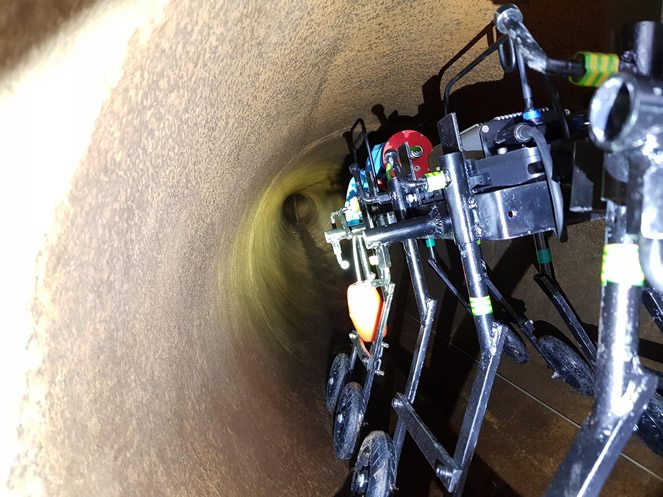With infrastructure aging around the world wastewater engineers are required to maintain a constant understanding of their network. Through the use of Lasers/Lidar sensors, accurate empirical data on the wall loss or deformation within their buried assets can be ascertained. No longer will the subjectivity of CCTV images mean considerable expenditure based on an operator’s judgment of the severity of defects. Laser data is collected with synchronized sonar information beneath the flow.
Sonar readings provide the volume and location of debris within the network, data vital in creating a targeted cost effective cleaning program. In critical mid-diameter trunks and interceptors, visual only inspections are often unreliable and leaves decision makers with the tough task of evaluating which pipes might appear to be deteriorating. With costly rehabilitation decisions at stake, wastewater managers need facts on corrosion severity, not just visual evidence of potential problems.
Deliverables include
- Maximum Corrosion/ Measure outside reference maximum
- Debris/ Measure inside reference maximum Ovality (If required)
- Pipe size (Original) Average debris / Water level debris/ Volume/Points of interest



